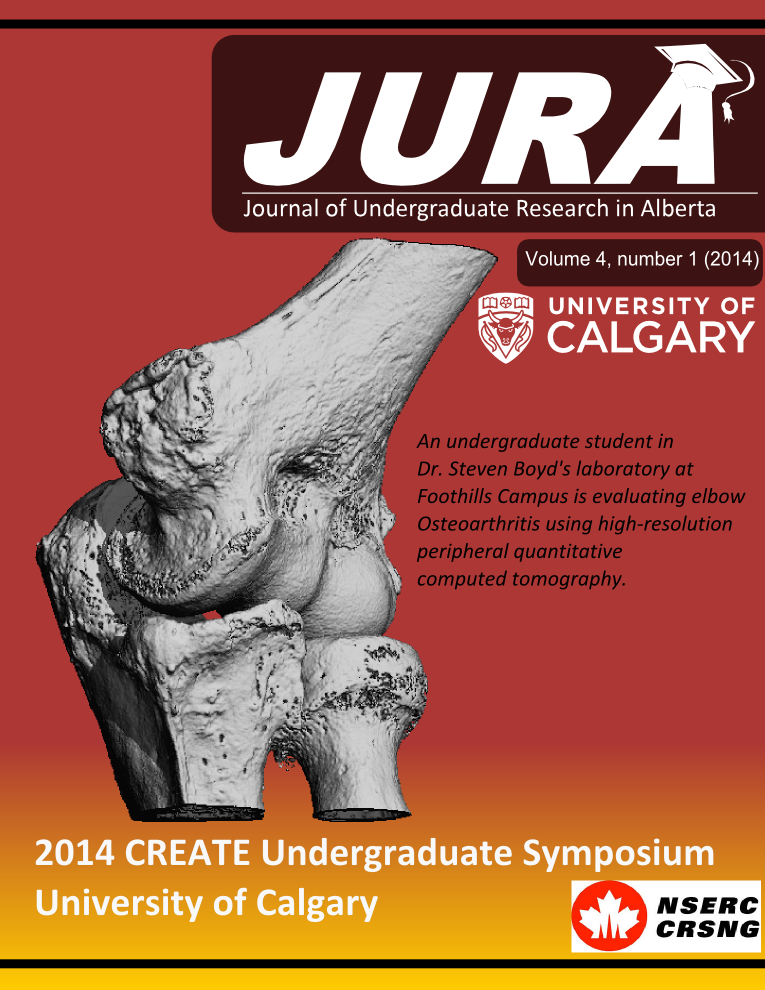ANTERIOR CERVICAL SURGICAL RETRACTOR DESIGN
Abstract
INTRODUCTION
During anterior cervical surgeries such as discectomies and corpectomies (removal of the disc separating two vertebrae and removal of the vertebral body itself, respectively1), surgeons implement a retractor device to broaden the view of the spinal area on which they are operating. The current devices have flaws; including a lack of stability, complicated mechanisms, multiple pieces, or difficulty stacking, and a new retractor is needed. Stacking, occurs in a multiple level surgery, when more than two or more devices are needed simultaneously to hold the area open. Our design utilizes the distraction screw to stabilize the retractor in position, without the impediment of the device becoming an obstacle for the surgeons to manoeuvre around.
METHODS
Based on the expertise of the experienced surgeons, multiple models will be drawn. The most practical concept will then be developed on autoCAD software. The lower width of the blades uses a simple rotation-linear motion system. Meanwhile, the upper part of the blade is rotated about the lower part, allowing the blade to be used at an angle.
RESULTS
A physical model of the device (as seen in Figure 1 below) has yet to be printed and tested. Nevertheless, the new model is placed within the patient, allowing the surgeons to work without worrying about the device being an obstruction. The blades are angled wider at the top and narrower at the bottom), making it easier for the surgeons’ hands to fit in the small void in the patient’s neck.
DISCUSSION AND CONCLUSIONS
Since a prototype has not been created or clinically tested yet, all results and conclusions are merely speculations. Our new device is: simple to use, less obstructive, and able to provide a broader view of the operating area. In addition, in the rare event that these longer blades require stacking, it is very simple to implement. The surgeon will simply place a second retractor on the second distraction screw.
Since every patient is a different size, the blades must be interchangeable. This way the surgeon can choose what length and height he/she wants the blade to be for each surgery. Similar to the previous devices, the blades are curved at the bottom with teeth; this helps the device bite into the soft tissue and minimize slipping. The blades will be made of titanium, which is strong, radiolucent, and easy to sterilize.
Downloads
References
Downloads
Published
Issue
Section
License
Authors retain all rights to their research work. Articles may be submitted to and accepted in other journals subsequent to publishing in JURA. Our only condition is that articles cannot be used in another undergraduate journal. Authors must be aware, however, that professional journals may refuse articles submitted or accepted elsewhere—JURA included.


